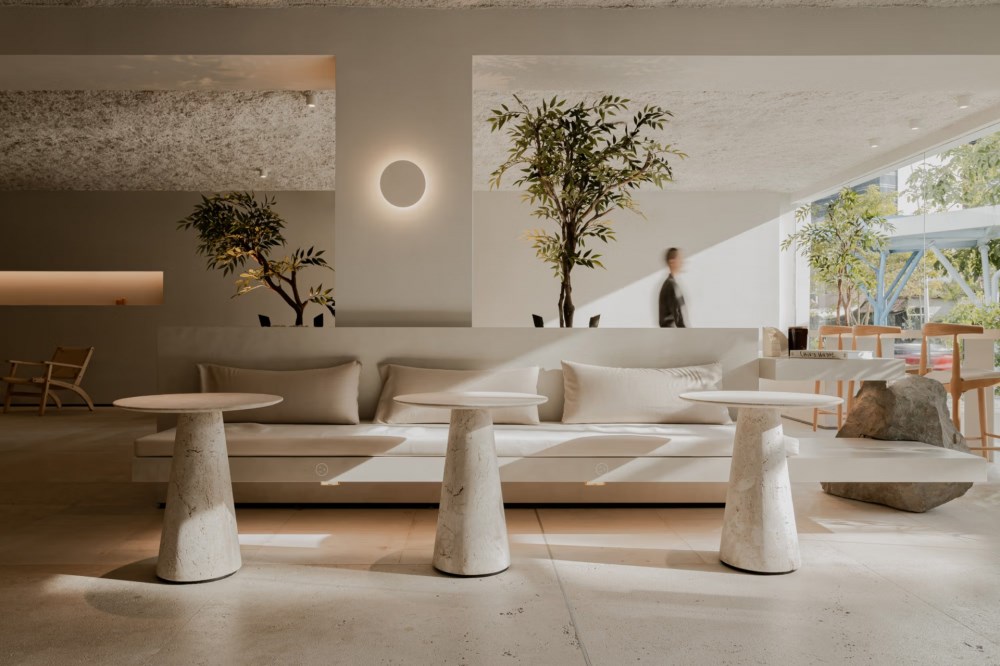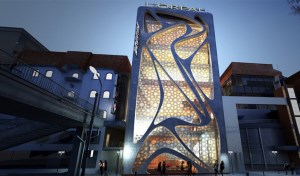Biophilic design represents a shift toward more thoughtful, people-centric spaces. The idea of incorporating nature into interior spaces isn’t new, but its importance has never been clearer. Philadelphia-based interior designer Annemarie Casino has seen firsthand how this approach has evolved over the years: “I think of it as more than just a trend, but an effort to do better for people in the workplace, people in healthcare, kids in schools. It’s become more of a ‘know better, do better’ thought process these days.”
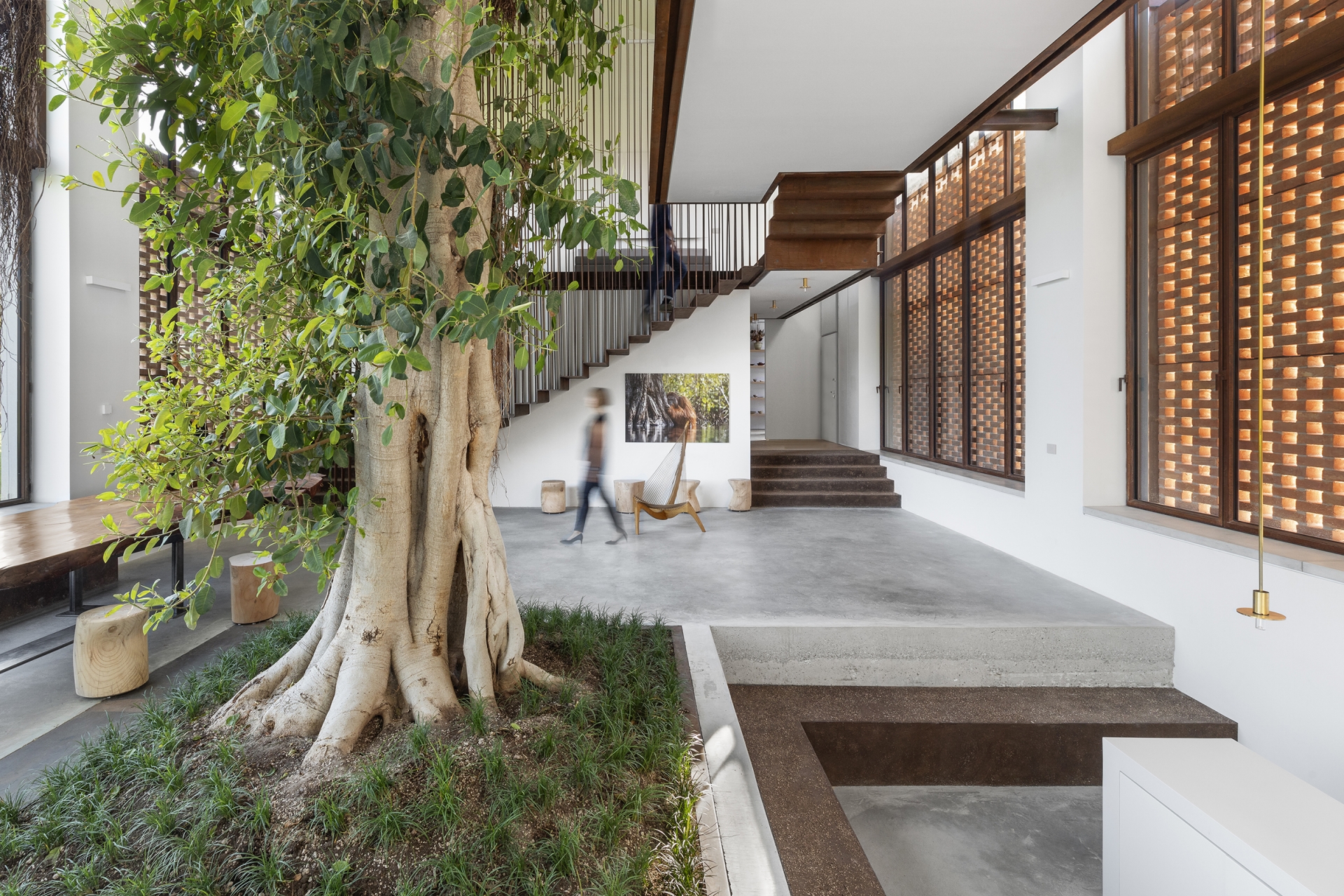 The Greenary by Carlo Ratti Associati - Image Credit: Delfino Sisto Legnani and Alessandro Saletta
The Greenary by Carlo Ratti Associati - Image Credit: Delfino Sisto Legnani and Alessandro Saletta
Let’s explore what makes biophilic design so impactful and why it should remain a guiding principle for interior designers.
What Makes a Space Biophilic?
When people hear the term biophilic design, they often think of lush greenery, living walls and potted plants. While vegetation is a key component, true biophilic interiors go deeper. At its core, biophilic design is about channelling nature through light, materials, spatial flow, and sensory experiences. It’s about creating a deeper, more instinctive connection between nature and the built environment. Annemarie explains out that “it’s also about access to natural light and having natural elements in the space, and adding warmth. Even an open floor plan is helpful, allowing everyone to have access to natural light.”
This emphasis on openness and natural elements can transform the way people experience a space. From daylight-filled rooms to breathable layouts and organic textures, biophilic spaces create a sense of ease, comfort, and calm. These qualities are vital in commercial and residential spaces alike.
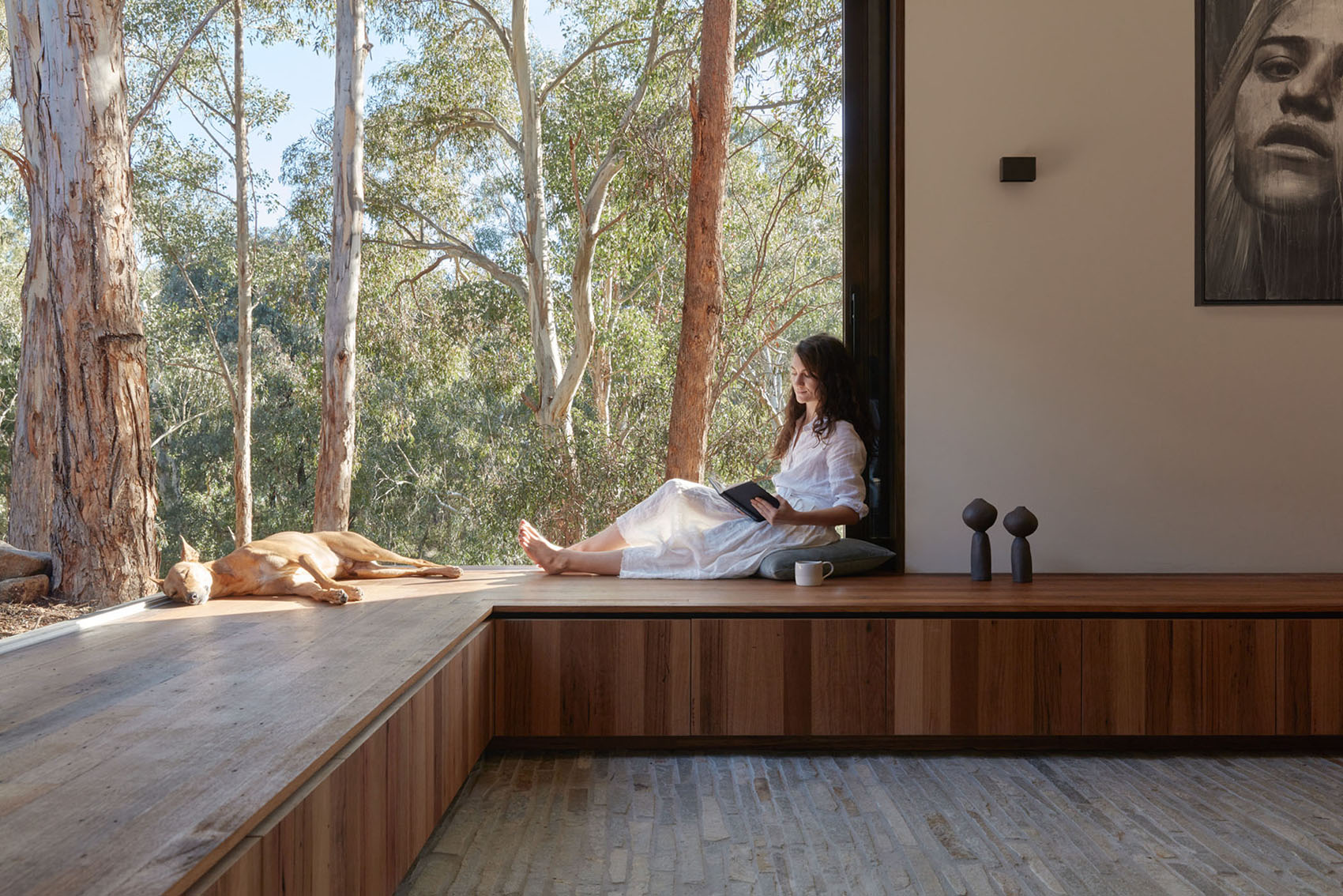 Edgars Creek House by Breathe Studio - Image Credit: Tom Ross
Edgars Creek House by Breathe Studio - Image Credit: Tom Ross
Natural Materials in Biophilic Design
Material selection plays a vital role in biophilic design, offering more than just visual appeal. Natural materials like wood, stone, cork, clay, bamboo, and linen bring warmth, texture, and a sense of authenticity to a space. These materials can enhance acoustic comfort, regulate humidity, and contribute to a calming atmosphere. Designers should focus on elements that engage the senses. Lightly finished wood, tactile textiles, and raw, textured surfaces create a sensory-rich environment that feels grounded and human. Honed stone or rough-sawn timber, for example, adds depth and character while reinforcing a connection to the natural world. It's helpful to layer natural materials throughout a space, from flooring and wall coverings to furniture and soft furnishings. Even small details, like woven rugs, wool upholstery, or natural fiber accessories, can reinforce the biophilic intent.
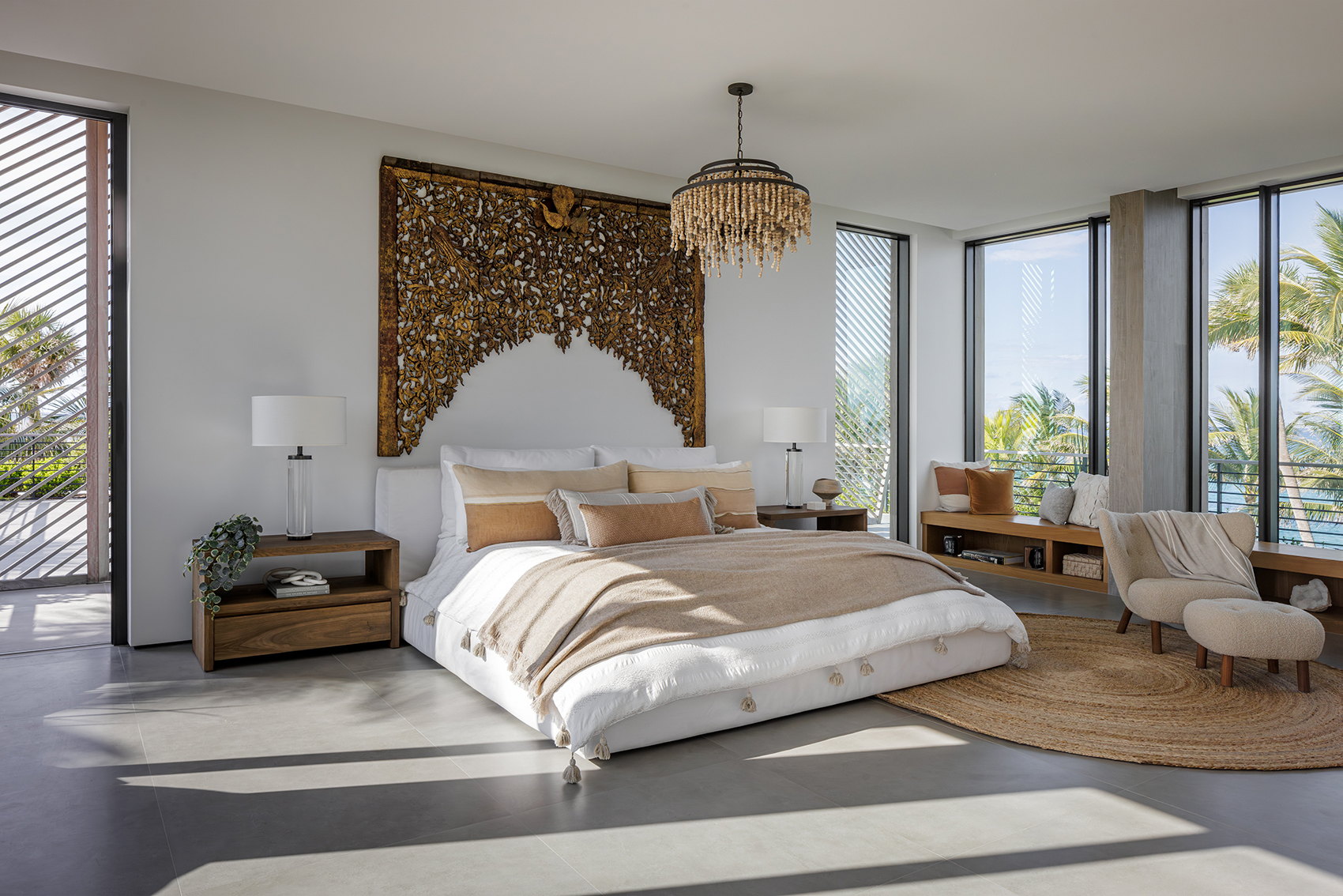 Elbow Cay Residence by STRANG - Image Credit: Kris Tamburello
Elbow Cay Residence by STRANG - Image Credit: Kris Tamburello
Designing Sustainably, Specifying Responsibly
Biophilic design doesn’t just benefit people, it also promotes sustainability. With the built environment generating nearly one-third of the world’s waste, designers have a responsibility to select materials that are ethically sourced and environmentally friendly. Designers are increasingly tasked with choosing materials that are not only beautiful but also responsibly sourced and manufactured. “There’s a really big push with manufacturers to produce materials that have recycled content or a sustainable manufacturing process,” Annemarie says. “It makes it easier to gravitate toward things that are inherently sustainable.”
Still, keeping up with sustainable standards and certifications remains a challenge. Designers must navigate complex data on emissions, recycled content, and lifecycle impacts. “It’s not just about looks,” Annemarie emphasizes. “It really is about how things are made, how they’re sourced, and having the knowledge to specify things responsibly.” Designers should consider materials that are responsibly sourced and certified, such as FSC-certified wood or low-VOC finishes. Understanding a product’s origin, composition, and lifecycle is key to making environmentally responsible choices that align with biophilic principles.
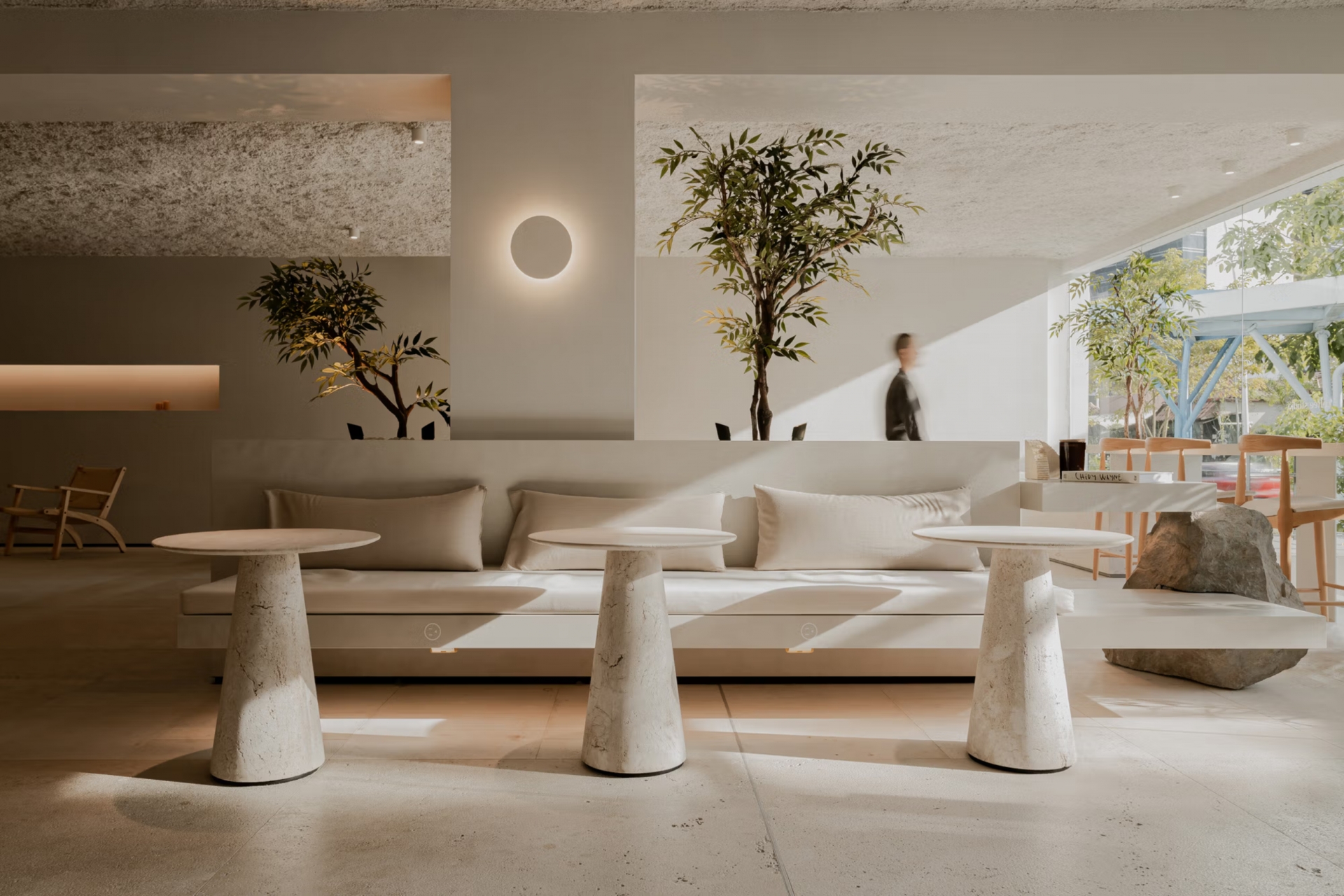 Sisu Coffee Studio by Mallol Arquitectos - Image Credit: Mauricio Carvajal
Sisu Coffee Studio by Mallol Arquitectos - Image Credit: Mauricio Carvajal
A Shift in Client Expectations
As awareness of wellness and sustainability grows, client expectations around interior design have shifted significantly. While biophilic elements were once considered optional or a bonus feature, they are now becoming an essential part of how people want their spaces to look and feel. Today’s clients may not always use the term biophilic design, but they are increasingly drawn to its outcomes: comfort, natural beauty, warmth, and a sense of well-being. Annemarie observes that biophilia is now deeply embedded in the design process itself: “People naturally want these things, so we just inherently add them in.”
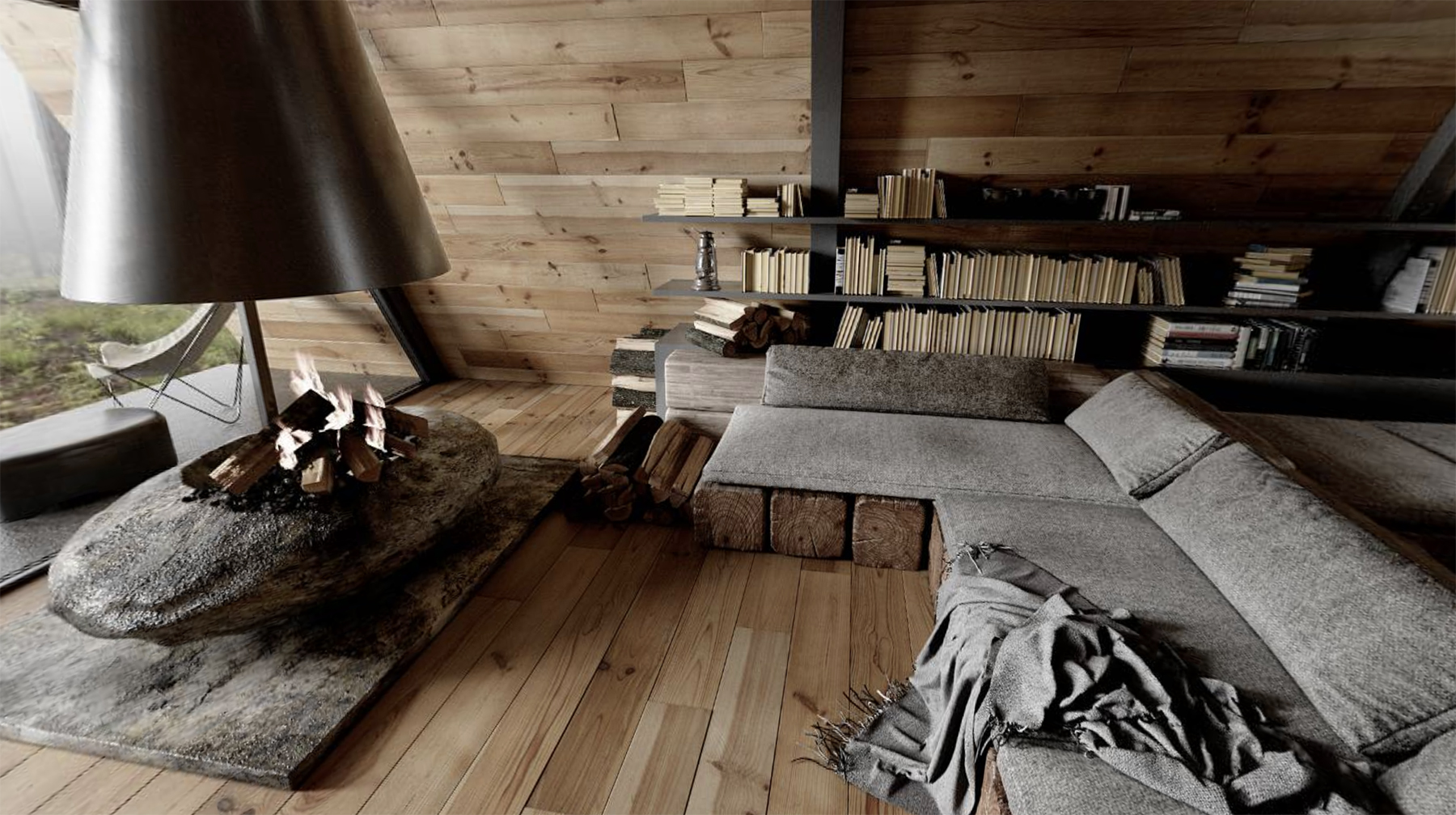 Quiet Space House by Yana Prydalna - Image Credit: www.yanaprydalna.com
Quiet Space House by Yana Prydalna - Image Credit: www.yanaprydalna.com
Clients are gravitating toward natural light, open layouts, and tactile materials, even if they aren’t consciously seeking out nature-inspired design. Warm wood tones, organic textures, and earthy color palettes are consistently at the top of the list. This reflects a broader cultural trend toward comfort-driven design. People want environments that feel welcoming, familiar, and deeply human. For commercial spaces, this shift means moving away from sterile, impersonal environments and toward interiors that support mental clarity, social connection, and emotional well-being. In residential design, clients want homes that help them relax, recharge, and feel grounded.
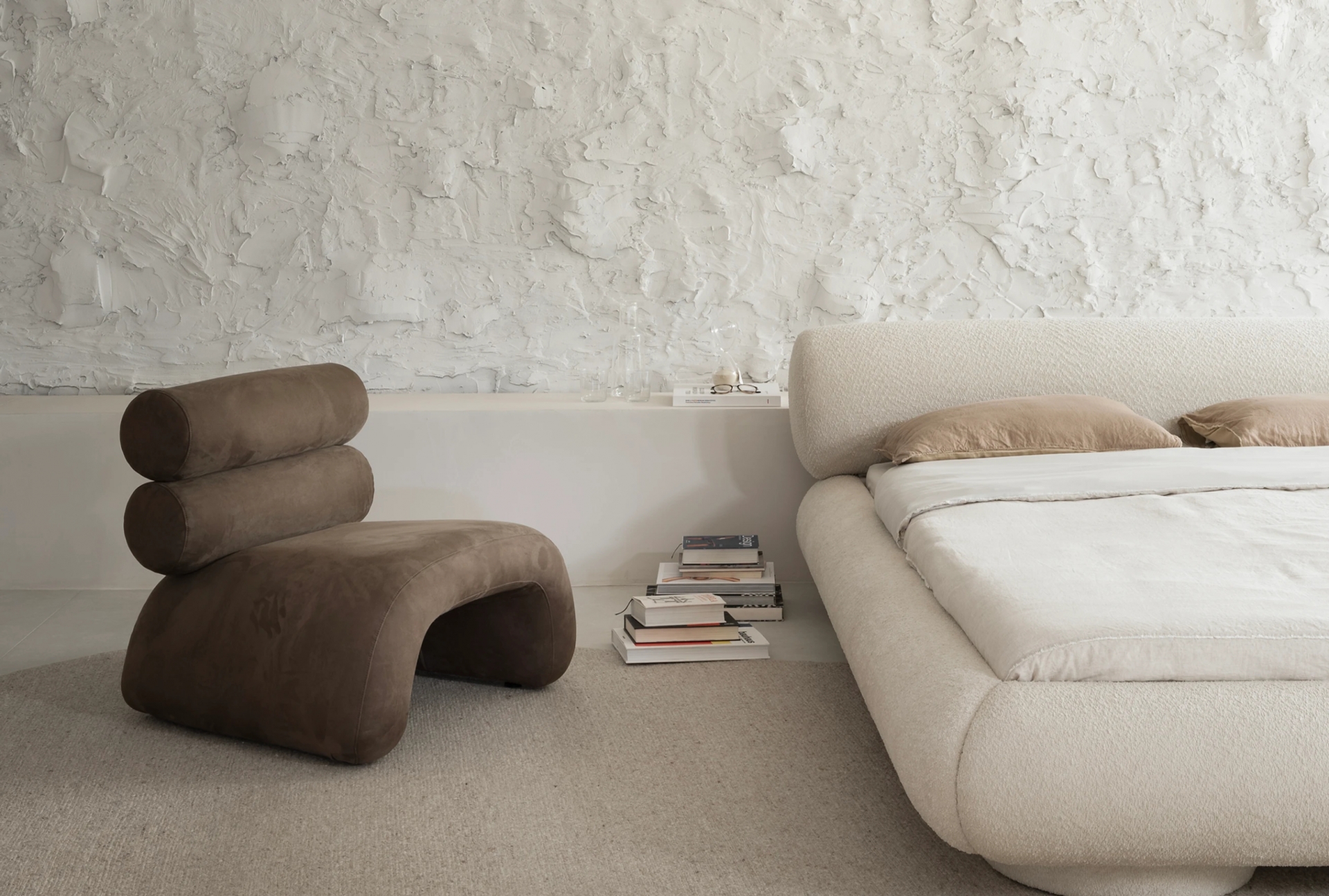 Peugeot House of Silence by Natan Gil Arquitetura - Image Credit: estudiony18
Peugeot House of Silence by Natan Gil Arquitetura - Image Credit: estudiony18
Understanding this shift allows designers to proactively integrate biophilic principles into their concepts and material selections, rather than waiting for clients to request them. It’s about anticipating needs and embedding wellness-driven thinking into every phase of a project.
Designing with Wellness in Mind
In recent decades, the understanding of how interior environments affect human health has evolved dramatically. Once characterized by cold, sterile materials, rigid layouts, and poor lighting, many commercial and institutional interiors are now being reimagined to support physical, emotional, and cognitive well-being. Biophilic design has been shown to reduce stress, enhance creativity and focus, and even lower blood pressure and heart rates. “You think workplaces from the ’80s, ’90s - a room of workstations with a low ceiling and two-by-four lights that buzzed and felt very cold,” Annemarie reflects. “I think it’s so important to focus on well-being and supporting individual needs and overall health, and just making the spaces a little more comfortable and enjoyable.”
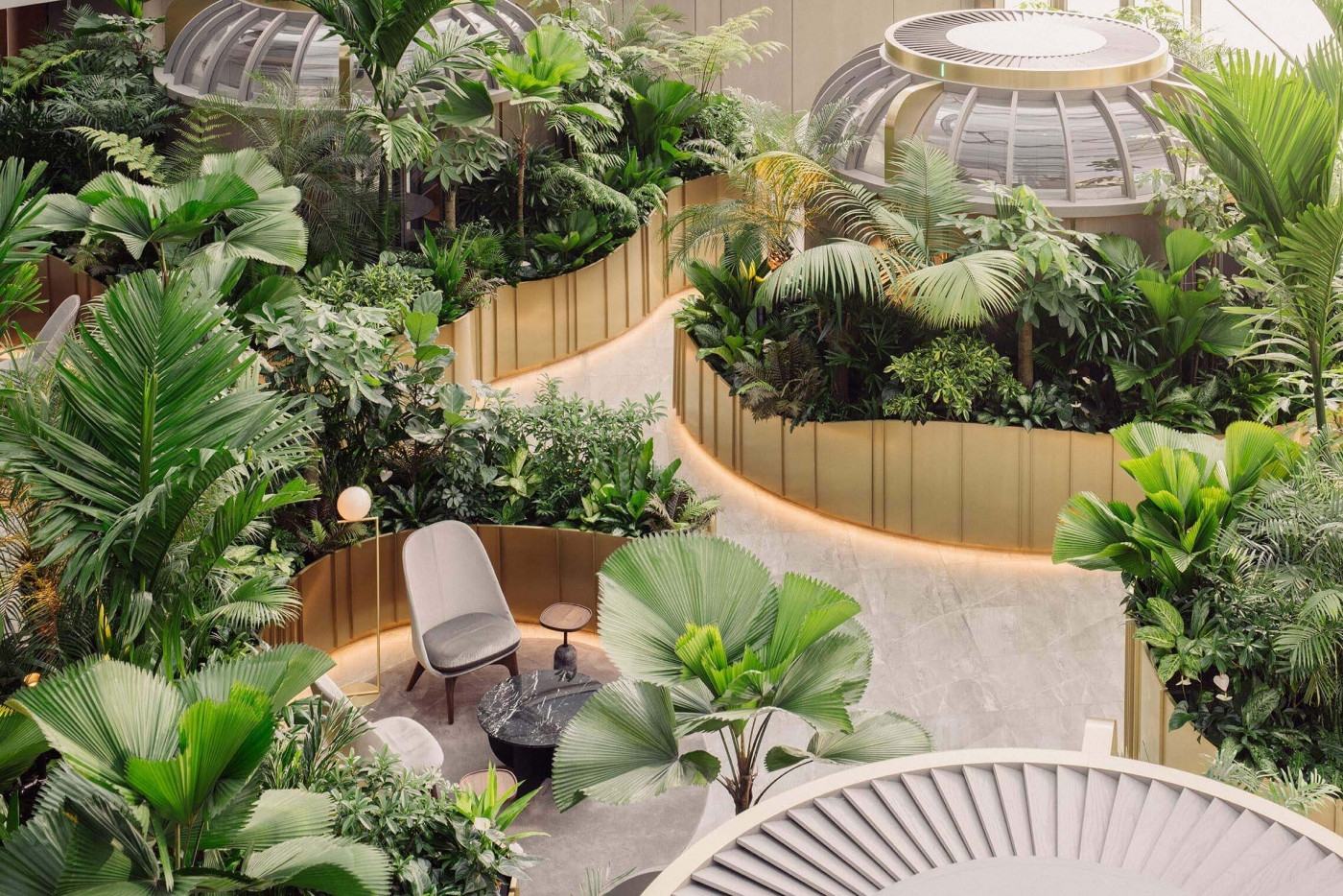 Citi Wealth Hub by Ministry of Design - Image Credit: https://modonline.com
Citi Wealth Hub by Ministry of Design - Image Credit: https://modonline.com
Designing with wellness in mind means considering not just how a space looks, but how it functions on a human level. Natural light, airflow, views of greenery, acoustics, and thermal comfort all impact how people feel and perform in a space. The WELL Building Standard provides a framework for creating healthier spaces through strategies aligned with biophilic principles, from circadian lighting systems to organic material usage.
This wellness-first mindset is influencing everything from workplace and hospitality design to education and healthcare. In schools, biophilic environments have been linked to improved learning outcomes and reduced absenteeism. In hospitals, access to daylight and nature has been associated with faster healing times and improved patient satisfaction. For today’s interior designers, prioritizing wellness is no longer a niche approach. It’s a necessary and responsible part of creating spaces that serve the people who use them.
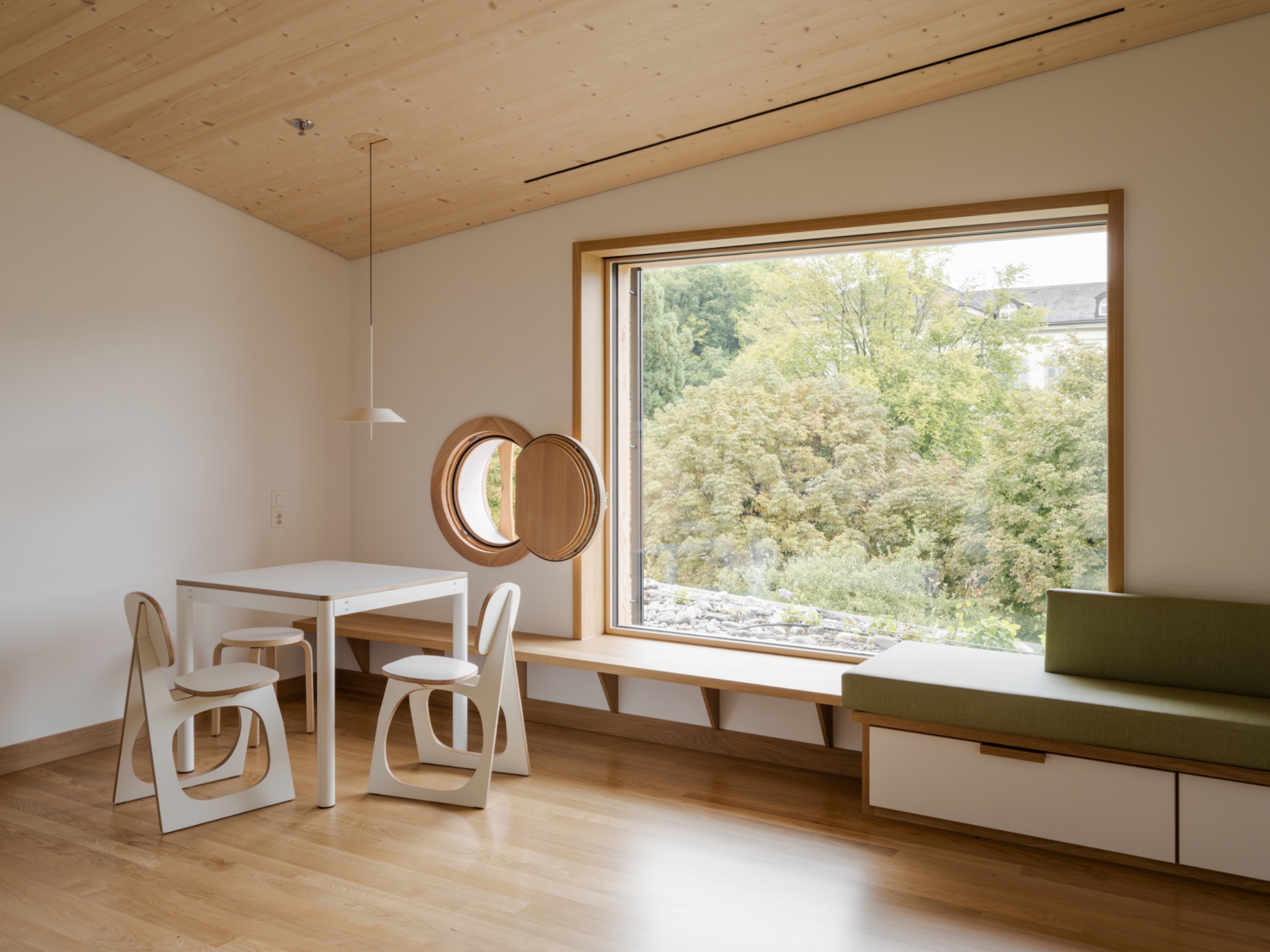 Kinderspital Zürich by Herzog & de Meuron - Image Credit: www.herzogdemeuron.com
Kinderspital Zürich by Herzog & de Meuron - Image Credit: www.herzogdemeuron.com
The Future of Design Is Rooted in Nature
Biophilic design encourages interior designers to think beyond aesthetics and embrace a more holistic, human-centered approach. It fosters wellness, supports sustainability, and transforms the way people experience the built environment. As the demand for healthier, more meaningful spaces grows, integrating nature into design is no longer optional. It is a professional responsibility. By designing with intention and empathy, interior designers can lead the way in creating spaces that care for both people and the planet.
 Swatchbox is a premier sample fulfillment service for building product manufacturers. With proprietary software designed by insiders of the design community, Swatchbox helps manufacturers improve product sales and brand affinity by delivering material samples to the design community with speed, intelligence, and style. Learn more and join Swatchbox at www.swatchbox.com.
Swatchbox is a premier sample fulfillment service for building product manufacturers. With proprietary software designed by insiders of the design community, Swatchbox helps manufacturers improve product sales and brand affinity by delivering material samples to the design community with speed, intelligence, and style. Learn more and join Swatchbox at www.swatchbox.com.



